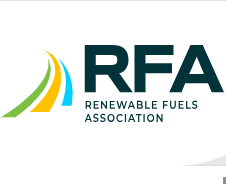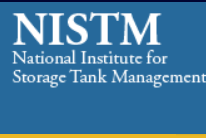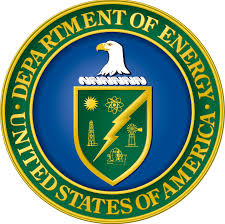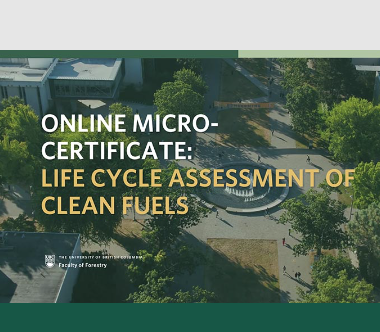People Build Ethanol Plants
(Whitefox) On October 11, 2024, the commissioning of the Whitefox ICE® XL was successfully completed, marking a significant milestone for the US biofuels sector. Companies from across the ethanol industry gathered at Western Plains Energy in Oakley, Kansas to finalize the culmination of months of dedicated work to see the project through completion. Looking back, it’s humbling
















.jpg)




